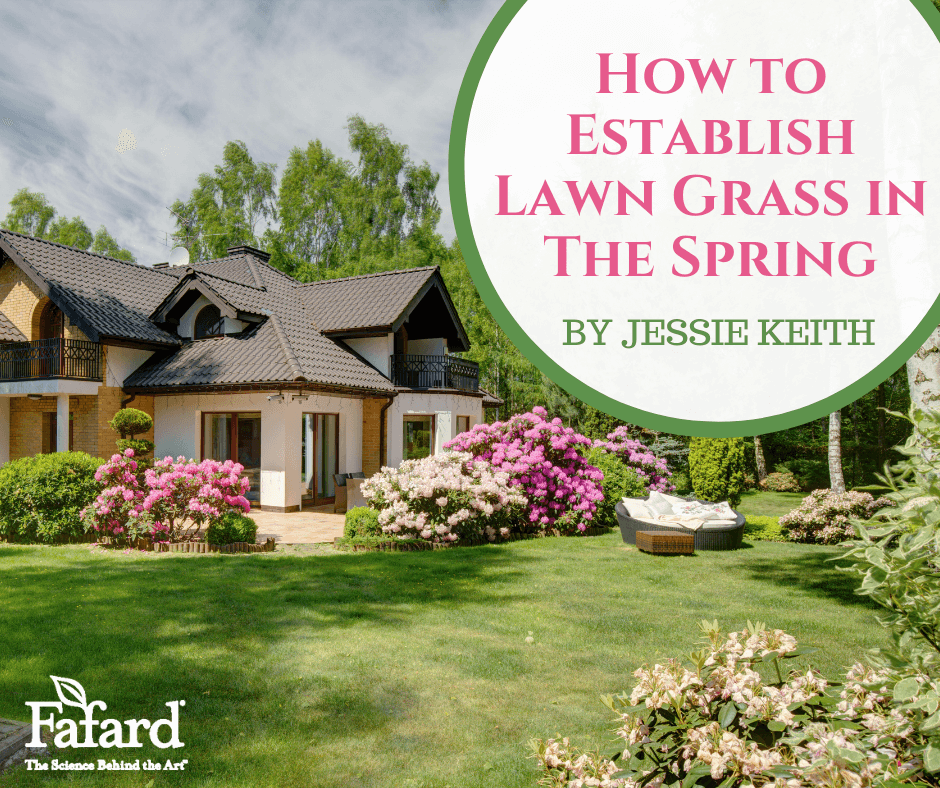
Spring is a time for new building projects or yard and garden designs. All mean it’s time to establish new lawns, patches of lawn, or rejuvenate old lawns. How you do it and what lawn you choose depends on your yard, where you live, and how you intend to maintain it.
Best Lawn Grasses By Region
First, you need to know what to plant where. For a surefire lush lawn in the first season, you can always plant sod, but it is far less economical than seed. If you choose to seed your lawn, early to mid-spring is a great time to plant. The key is making sure that most of the grass seeds germinate, and the lawn fills in well. Regular irrigation will help the seeds sprout in the absence of rain and will help your new lawn along while it grows.
When lawn grasses have filled in and are actively growing, most recommend they be mowed every 7 to 14 days. I like a low-clipped lawn between 2-3 inches, but most lawn grasses have recommended clipping heights for their best appearance and growth.
Cool-Season Grasses for Northern and Midwestern States

Those living further north should grow lawns of tall fescue (Festuca arundinacea, Zones 3-6, easy-care). The cool-season, sun-loving bunchgrass has broad, coarse, deep green blades that look good all season long. It is easy to grow, adaptable, and disease resistant. Once established it will withstand moderate summer heat and drought as well as high foot traffic. This really grass thrives where summer temperatures stay cooler (60-75 ⁰ F). There are plenty of other lawn fescues that are good but less often planted, such as the low-growing, heat, and drought-tolerant hard fescue (Festuca ovina, Zones 3-7, easy-care), which also requires full sun.
Kentucky bluegrass (Poa pratensis, Zones 3-7, moderate-care) is another cool-season bunchgrass that is most lush in the cooler months. When summer heats up, its growth slows. Plant it in yards with full to partial sun. Its soft feel and bright green color make it a very appealing lawn grass. Many lawngrass mixes combine perennial ryegrass, which can take a little more heat, with Kentucky bluegrass.
Perennial ryegrass (Lolium perenne, Zones 5-7, low-care) is a cool-season quick fix for spring and fall planting. It is often used in other sun-loving grass seed mixes. When conditions are cool and moist, it can grow into a fully mowable lawn in around 25 days, sometimes less because it is fast to sprout and grow.
Warm-Season Grasses for Southern States
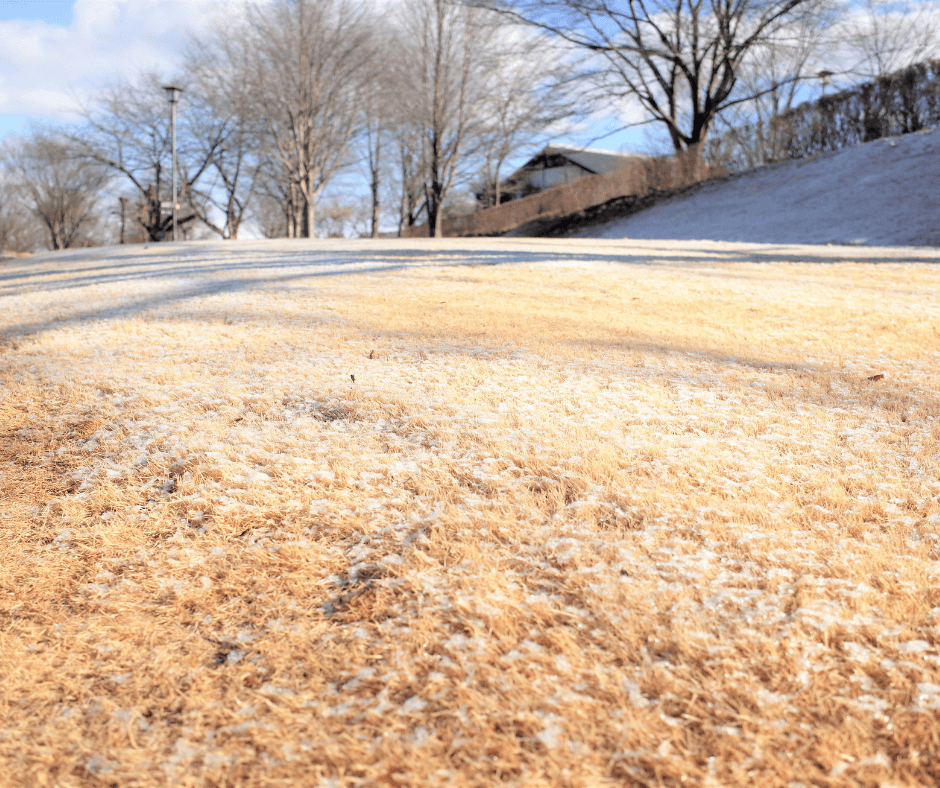
Many southern homeowners turn to Bermudagrass (Cynodon spp., Zones 7-1-, moderate to high maintenance) for their sunny lawns because it thrives in the heat and moderate drought and will even tolerant the salt spray of coastal regions. It requires regular fertilization, some irrigation, and it grows quickly, which means more frequent mowing. The low-growing, lower-maintenance Pennington Pensacola Bahiagrass (Paspalum notatum, Zones 7-11, easy-care) is another good choice because it grows well in poorer soils, tolerates drought, and withstands hot summers and cold winters. The deep roots of this Mexican and South American native grass are what help it look lush even when growing conditions are harsh.
Another traditional lawn grass of the south is Zoysia (Zoysia spp.), which is heat and drought tolerant and will tolerate limited shade. I hesitate to recommend this grass because it turns tan in the winter, a trait that many homeowners do not like, it spreads quickly by rhizomes, which means it needs to be regularly rogued out of garden beds, and the rhizomes are sharp-tipped. The Southern Living Garden Book calls it “among the South’s best and most popular lawn grasses, ” but I did not enjoy having it as a lawn at my last home in Delaware.
Grasses for Arid States
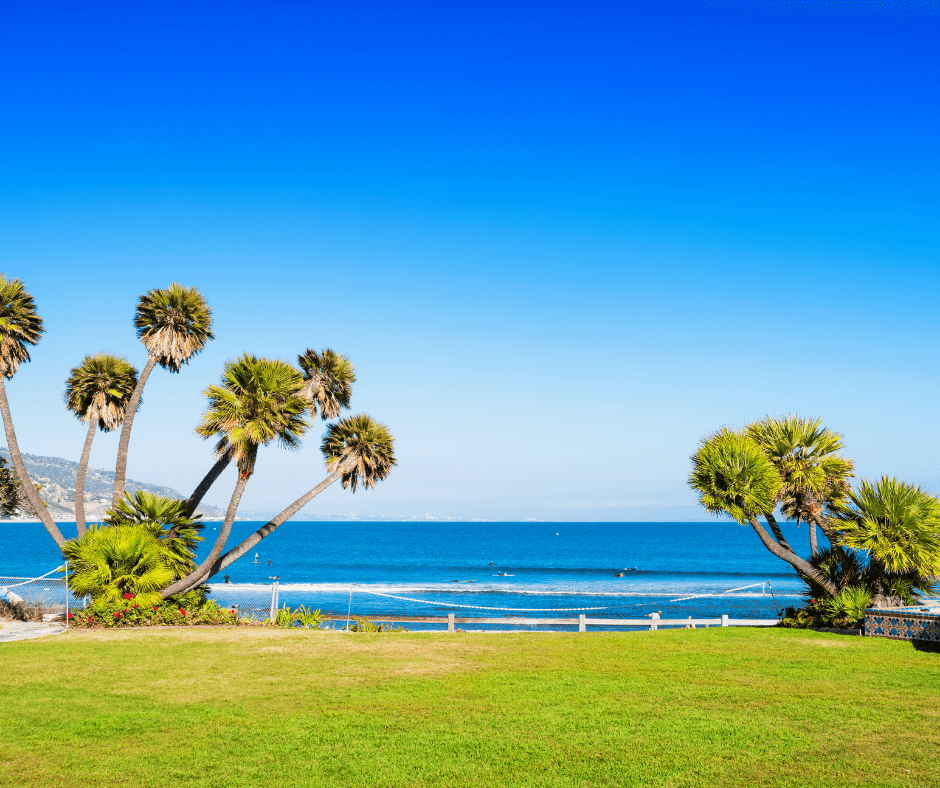
Those living in the more arid regions of the American Southwest that desire a lawn should consider the drought-tolerant ‘UC Verde’® Buffalograss (Bouteloua dactyloides, Zones 4-8, easy-care). The University of California’s introduction was bred for southern California growing. It is low-growing, native, Waterwise, and attractive. It is so drought-tolerant that it will survive with only 12 inches of water per year, though it looks lusher with more water.
Establishing a Lawn From Seed in Six Steps
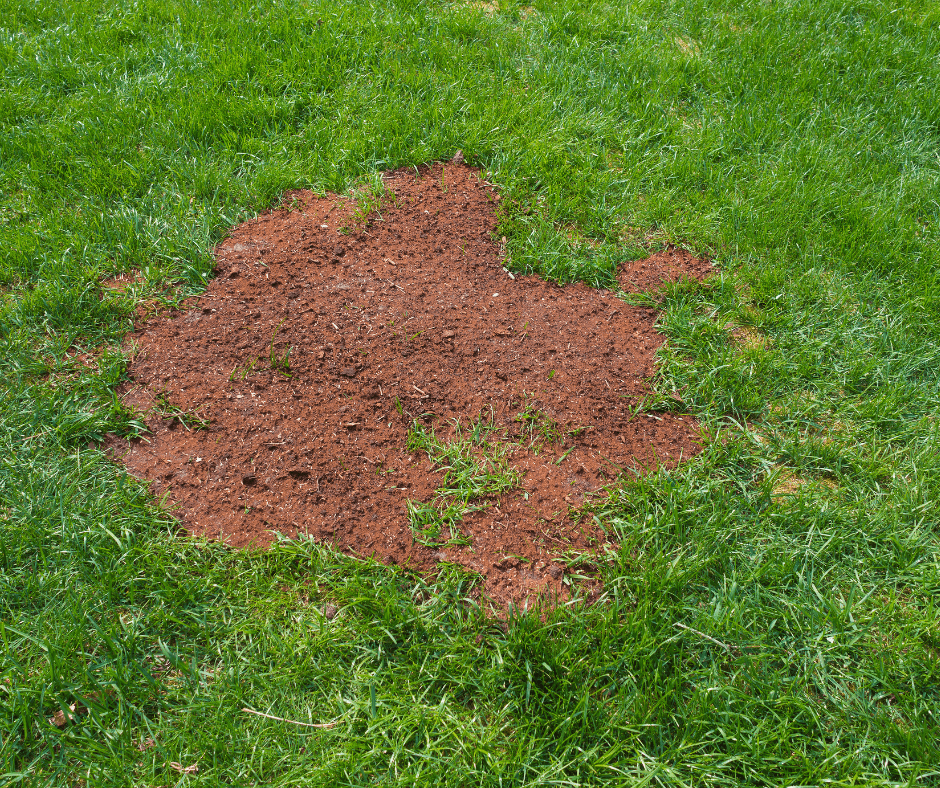
Here are six steps to ensuring your seed takes hold:
- Plant fresh, quality seed.
- Make sure your soil is smooth, weed-free, and fill holes of top-dress seed with Fafard Premium Topsoil to help germination.
- Plant seed with a push broadcast spreader for good coverage.
- Lightly rake in seed after spreading and consider using a lawn roller to press it down.
- Add a layer of straw overseeded areas to hold moisture and encourage people to stay off.
- Water the area lightly until the grass sprouts and starts to look lush.
Refrain from walking on your new lawn until it really begins to grow. Be sure to keep it moist, and fertilize it once it is full. Once it reaches a few inches, you can mow it to a 3-inch height. Wait until it is totally full to mow it down to 2 inches.
Alternative Lawns and Lawn Flowers for Naturalizing
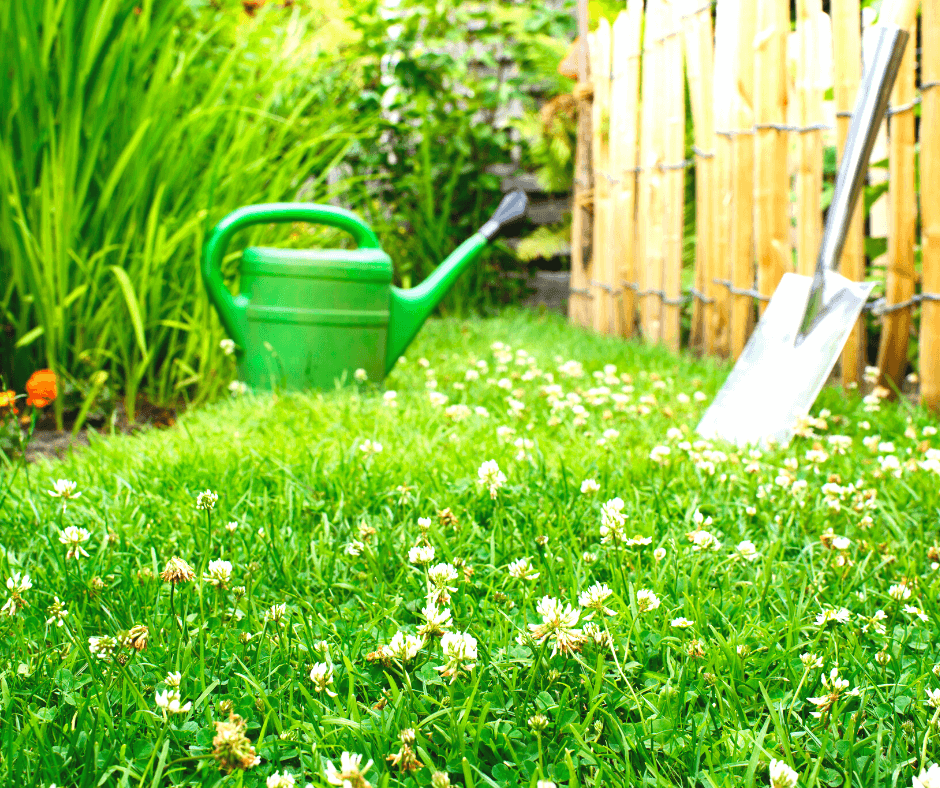
There are lots of unique lawn options, many of which are sustainable and valuable to pollinators. All kinds of lovely clovers and violets can be knitted into lawns to brighten the spring and add texture to the turf. (Click here to read a full article about lawn alternatives.)





